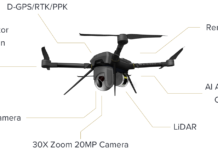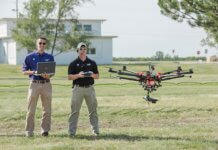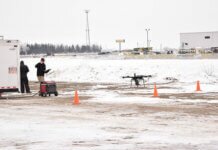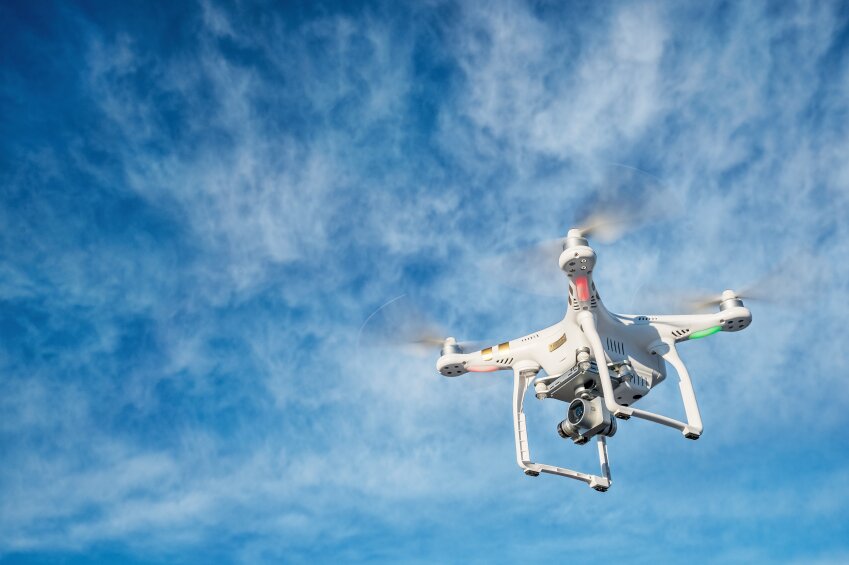In preparation for the holiday season, veteran aviation attorney Mark A. Dombroff, an Alexandria, Va.-based shareholder in national law firm LeClairRyan, is urging budding drone pilots to learn the rules of the sky and has written a refresher on the rules for recreational operators.
In a Dec. 13 post for LeClairRyan’s “Plane-ly Speaking” blog, Dombroff writes that Americans will buy about 1.6 million drones over the holidays, roughly half the total for the entire year and an increase of about 30% over the prior year, the law firm summarizes in a press release.
“Drones are not your typical toys,” Dombroff writes. “It’s way too easy, if a few simple rules are not observed, to hurt someone or break the law.”
In other words, Americans who fly drones or plan to give them to their kids or grandkids need to be aware of the rules.
“Better to hear them now than to hear from the police later,” Dombroff writes.
In the column, the aviation attorney cites seven general rules to keep in mind:
1) Don’t fly a drone within five miles of an airport. Airplanes are taking off and landing at low altitudes and could easily collide with a low-flying drone. Even if the drone doesn’t actually hit a plane, it could distract the pilot and cause an accident.
2) Keep them away from highways and roads. A drone colliding with a car or 18-wheeler won’t necessarily cause the vehicle to crash by force of impact, but it could certainly distract or startle the driver, causing the person to hit someone else or drive off the road.
3) Drones should be flown at no more than 400 feet above the ground and should never be out of sight.
4) Don’t fly over obstacles like buildings or power lines or over or near crowds. As tempting as it may be to fly them at the playground, don’t – the risk of injury is way too high.
5) Don’t fly a drone at sporting events, stadiums or other venues where there are large numbers of people. Even though these occasions provide great opportunities for taking pictures, the risk of injury is even greater.
6) The operator should be an expert at controlling the drone. A good practical rule of thumb is to confine flying to 20 or 30 feet above the ground until fully proficient. Only then should consideration be given to the fact that you’re allowed to fly up to 400 feet above the ground.
7) Given the potential risks, the younger the pilot/operator, the more important it is for a responsible adult who knows the rules to be there to supervise. It only takes a second of inattention or a single mistake to lose control of a drone and cause an accident.
In conclusion, Dombroff notes that the Wright Brothers flew their aircraft in 1903. While the impressive level of development and safety in U.S. aviation took the next 114 years to evolve, drones are on a much faster track to become a safe and enjoyable part of everyday life.
“If we all use common sense and observe a few simple rules, we can achieve the same extraordinary level of safety as the rest of U.S. aviation,” Dombroff says.
The full column is available here.












